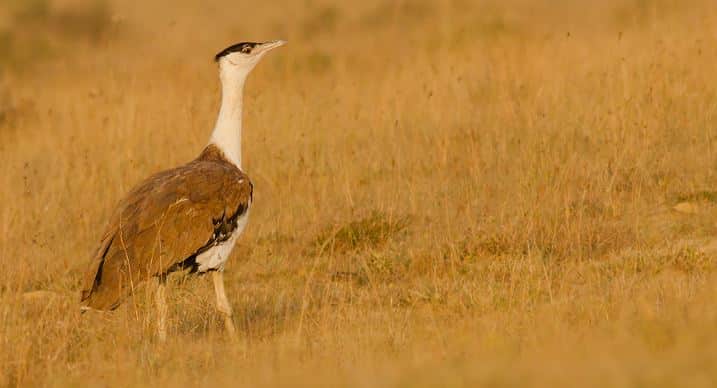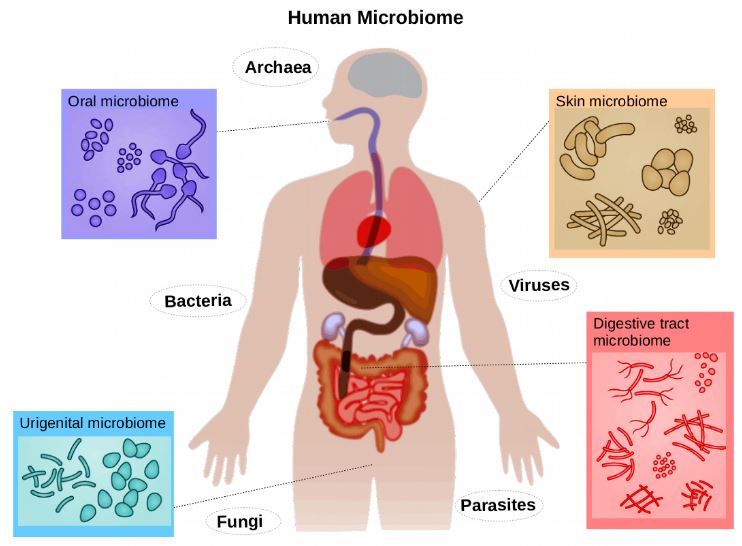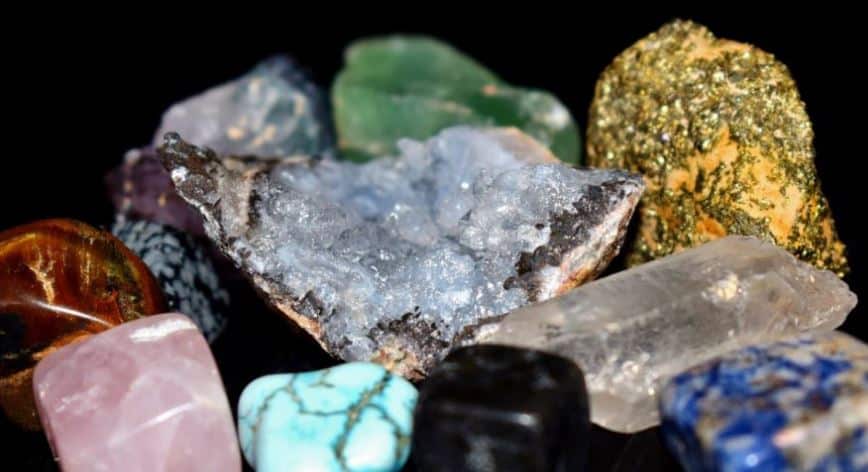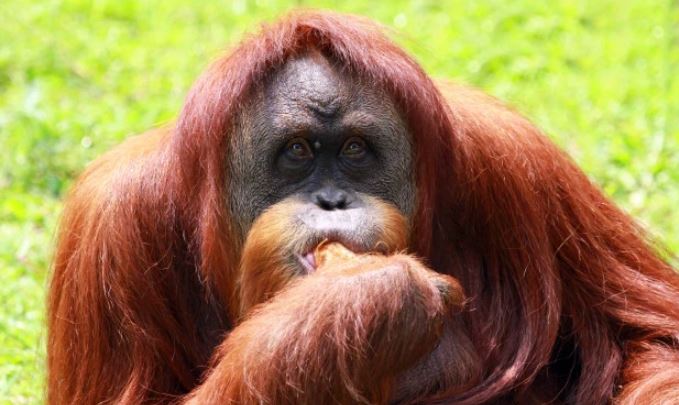Table of Contents
Great Indian bustard (Ardeotis Nigriceps) – Population Fall | UPSC – IAS
A recent study suggests that, Great Indian Bustard population has been falling continuously, from around 1,260 in 1969 to less than 200 in 2018.
About Great Indian bustard (Ardeotis Nigriceps)
- It’s among the heaviest bird with a horizontal body and long bare legs giving it an ostrich like appearance.
- Habitat: Arid and semi-arid grasslands, open country with thorn scrub, tall grass interspersed with cultivation. It avoids irrigated areas.
- Currently, it is found in only six states in the country –
- Madhya Pradesh,
- Gujarat,
- Maharashtra,
- Andhra Pradesh,
- Rajasthan and
- Karnataka.
- It is endemic to Indian Sub-continent, found in central India, western India and eastern Pakistan.
- Protection: Listed in Schedule I of the Wildlife (Protection) Act, 1972 and Critically Endangered on the IUCN Red List
- It is also listed in Appendix I of CITES and covered under CMS or Bonn Convention.
- Bustard Species Found In India: Great Indian Bustard, the Lesser Florican and the Bengal Florican; Houbara also belong to Bustard family but it’s a migratory species.
- Importance to Ecosystem: GIB is an indicator species for grassland habitats and its gradual disappearance from such environments shows their deterioration.
- Once the species is lost, there will be no other species to replace it, and that will destabilise the ecosystem of the grassland and affect critical bio-diversities, as well as blackbucks and wolves, who share their habitat with the GIB.
- Threat: Hunting, poaching, habitat erosion, ‘greening’ projects that transform arid grasslands to wooded areas, change of land use from grassland to farmland, collisions with high tension electric wires, fast moving vehicles and free-ranging dogs in villages

Conservation Steps:
Great Indian Bustard, popularly known as ‘Godawan’, is Rajasthan’s state bird. The state government has started “Project Godawan” for its conservation at Desert National Park (DNP) in Jaisalmer. It’s one of the Species for The Recovery Programme under the Integrated Development of Wildlife Habitats of the Ministry of Environment and Forests.
Integrated Development of Wildlife Habitats | UPSC – IAS
It is a Centrally Sponsored Scheme where GoI provides financial and technical assistance to the State/UT Governments for activities aimed at wildlife conservation. The scheme has three components viz- Support to Protected Areas (National Parks, Wildlife Sanctuaries, Conservation Reserves and Community Reserves), Protection of Wildlife Outside Protected Area and Recovery programmes for saving critically endangered species and habitats.
Great Indian bustard (Ardeotis Nigriceps) Recovery Programme
- It recommends linking local livelihoods with bustard conservation
- A profitable and equitable mechanism to share revenues generated from ecotourism with local communities should be developed
- For effective conservation, the guidelines direct state governments to identify the core breeding areas for bustards and keep them inviolate from human disturbances
- The guidelines suggest restriction on infrastructure development and land use diversion for roads, high tension electric poles, intensive agriculture, wind power generators and construction
- Only low intensity, traditional pastoral activities should be allowed, that too, not during the breeding season, say the guidelines
Convention on the Conservation of Migratory Species of Wild Animals (CMS) or Bonn convention
- It is the only convention under UNEP which provides a global platform for the conservation and sustainable use of migratory animals and their habitats ( and their migration routes). India is a member of the convention.
- Migratory species threatened with extinction are listed on Appendix I of the Convention.











